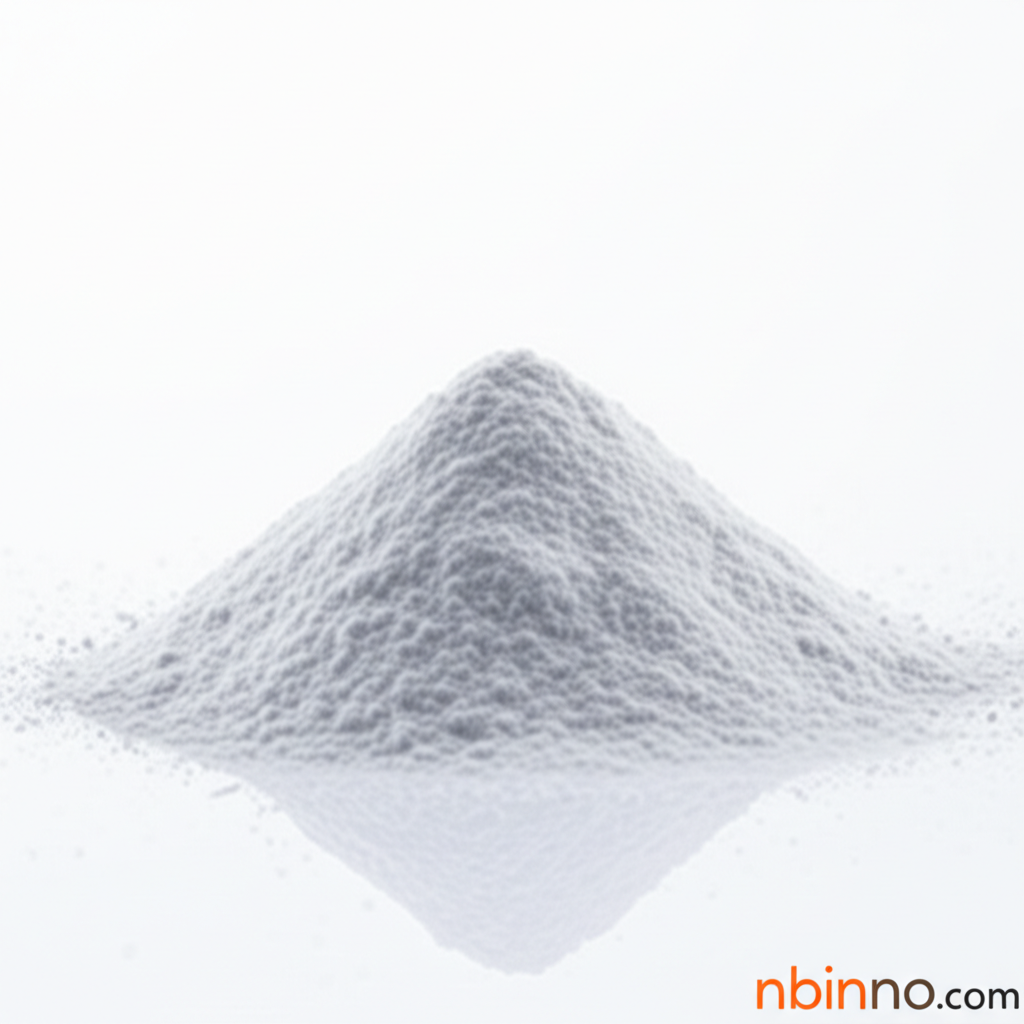Titanium Tetranitrate (CAS 12372-56-4): Properties, Applications, and Chemical Insights
Exploring the key characteristics and industrial relevance of this unique titanium compound.
Get a Quote & SampleProduct Core Value

Titanium Tetranitrate
Titanium Tetranitrate, identified by CAS number 12372-56-4, is a noteworthy inorganic compound characterized by its volatility. It serves as a crucial precursor and intermediate in various chemical synthesis processes, contributing to advancements in materials science and industrial applications. Understanding its titanium tetranitrate properties and titanium tetranitrate preparation methods is key to its effective utilization.
- Key Chemical Identity: Learn about the titanium tetranitrate CAS 12372-56-4, its molecular formula (Ti(NO3)4), and common synonyms like Titanium tetranitrate.
- Preparation Insights: Delve into the common titanium tetranitrate preparation techniques, primarily involving the nitration of titanium tetrachloride.
- Structural Characteristics: Explore the unique titanium tetranitrate structure, featuring four bidentate nitrate ligands, which influences its reactivity and properties.
- Versatile Applications: Discover the broad range of titanium tetranitrate applications, including its use as a catalyst, in coatings, adhesives, and advanced materials.
Key Advantages
Chemical Versatility
The compound's reactive nature and ability to be synthesized via specific preparation methods make it a versatile building block for complex chemical structures and materials.
Material Precursor
As a volatile transition metal nitrate, it is instrumental in the development of high-purity materials and specialized catalysts, often used in advanced manufacturing.
Industrial Relevance
The distinct titanium tetranitrate properties allow for its application in diverse sectors, from catalysis to coatings, underlining its industrial significance.
Key Applications
Catalysis
Leveraging its unique properties, titanium tetranitrate is employed as a catalyst in organic synthesis, facilitating esterification and polymerization reactions.
Coatings
In the coatings industry, it can function as an additive to enhance the performance and durability of various surface treatments.
Adhesives
Its chemical reactivity makes it a suitable component in adhesive formulations, particularly for bonding different material types.
Materials Science
As a precursor, it plays a role in the synthesis of novel materials, including nanoparticles and advanced ceramics, contributing to research and development.
